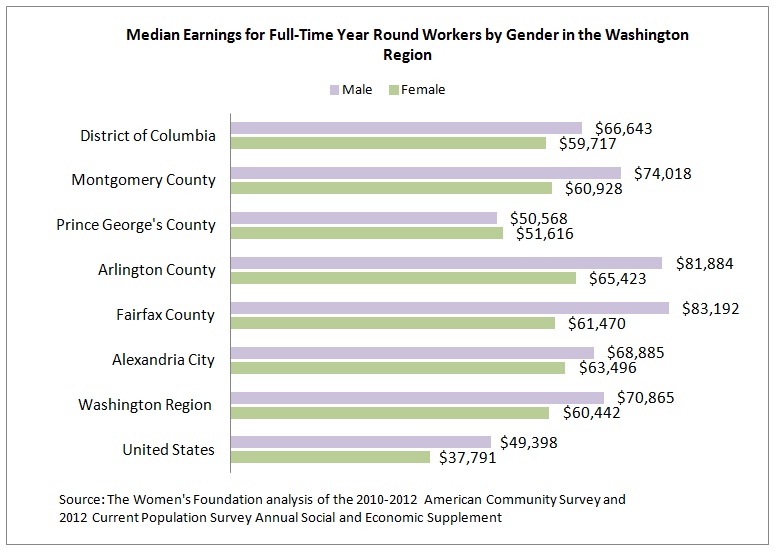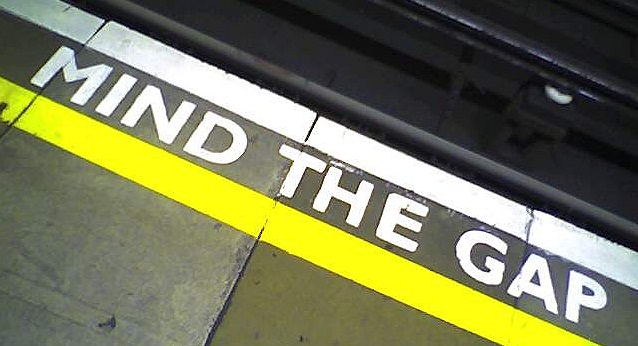Nationwide, women make on average only 77 cents for every dollar men earn. Women’s lower average earnings are not due to a higher probability of working part-time: only full-time year-round workers are included in these data. The Wage Project estimates that over the course of a lifetime women will earn about a million less as a result of the wage gap.
Some people attribute the differences in earnings to occupational segregation and the career choices women make; for example, putting family before work. However, several studies have been unable to explain the gap, even after controlling for key factors that affect earnings such as occupation, education, and work experience. The unexplained difference can be attributed to discrimination, perceptions about women’s capabilities and the value of women’s work.
Women’s career choices are not the only reason for the disparity in earnings. Women earn less than men in nearly all occupations, whether they work in occupations predominantly held by women – such as elementary and middle school teachers or secretaries and administrative assistants – or whether they work in occupations predominantly held by men such as electricians or general managers. What this means is that even in “women’s fields,” men are outearning women, and it is not the same the other way around.
The gap varies throughout women’s lives, being the largest during childrearing years, and by educational attainment. Women with professional degrees face larger pay gaps than women with lesser levels of education. The wide gap in earnings also becomes starker when race and ethnic background are taken into account, with women of color being the most affected.

The earnings gap in the Washington region is 15 percent, which is lower than the nation’s ratio (23 percent) primarily because of higher rates of educational attainment for both genders in the area. Although women in the Washington area earn on average more than women in the United States overall, pay inequities are persistent features of the regional labor market and vary substantially by geography, except in Prince George’s County where women’s earnings ($51,616) are slightly higher than men’s earnings ($50,568). Among the jurisdictions included in the Washington region, Fairfax County had the largest wage gap (26 percent), where women earned considerably less ($61,470) than men ($83,192). The second largest wage gap was for Arlington county (20 percent) followed by Montgomery County (18 percent). In addition to Prince George’s County, the city of Alexandria and the District of Columbia had the lowest disparity in earnings with a gap of eight and 10 percent, respectively.
Women’s earnings have become increasingly important for family incomes. Four in 10 American households with children under age 18 now include a mother who is the primary breadwinner for her family. Women’s lower earnings have important implications for all, including increased risk of economic insecurity and poverty for women and their families.
Some strategies to address the persistent disparity in earnings between men and women include expanding literacy education for women and girls to increase knowledge about the impact of career decisions on earnings and retirement security. It is also important to encourage women and girls –and men and boys, too- to openly discuss their earnings and develop skills in pay negotiation, and to actively seek skill-building experiences, training opportunities, feedback and promotions. Employers can also make sure they are giving women the same opportunity as men to advance up the ranks.




